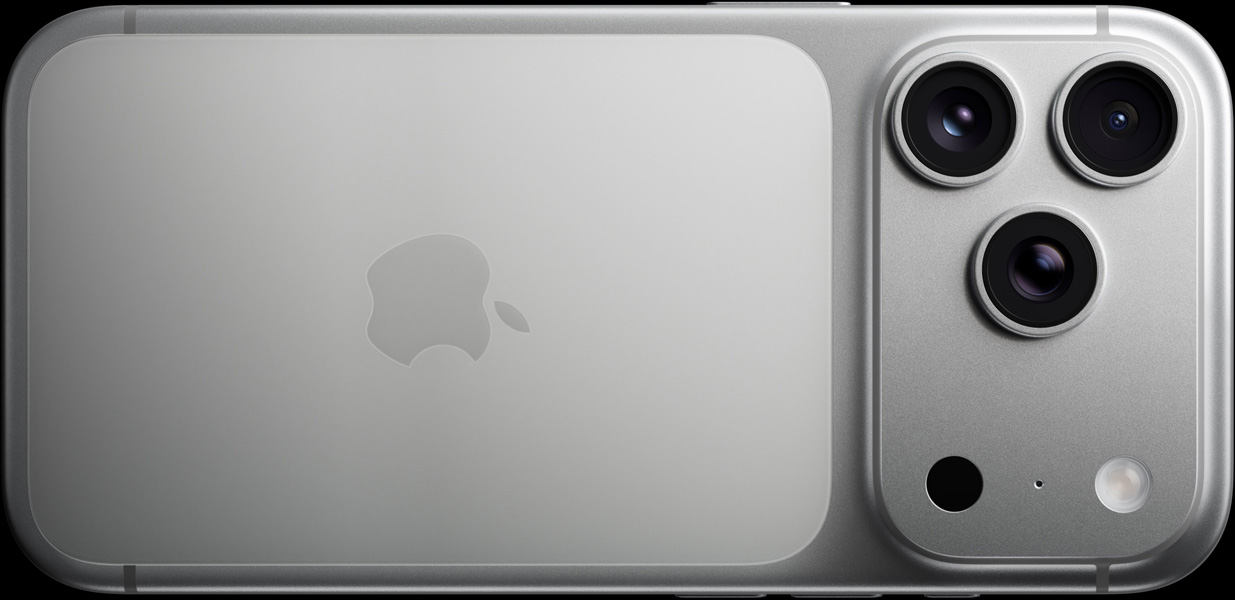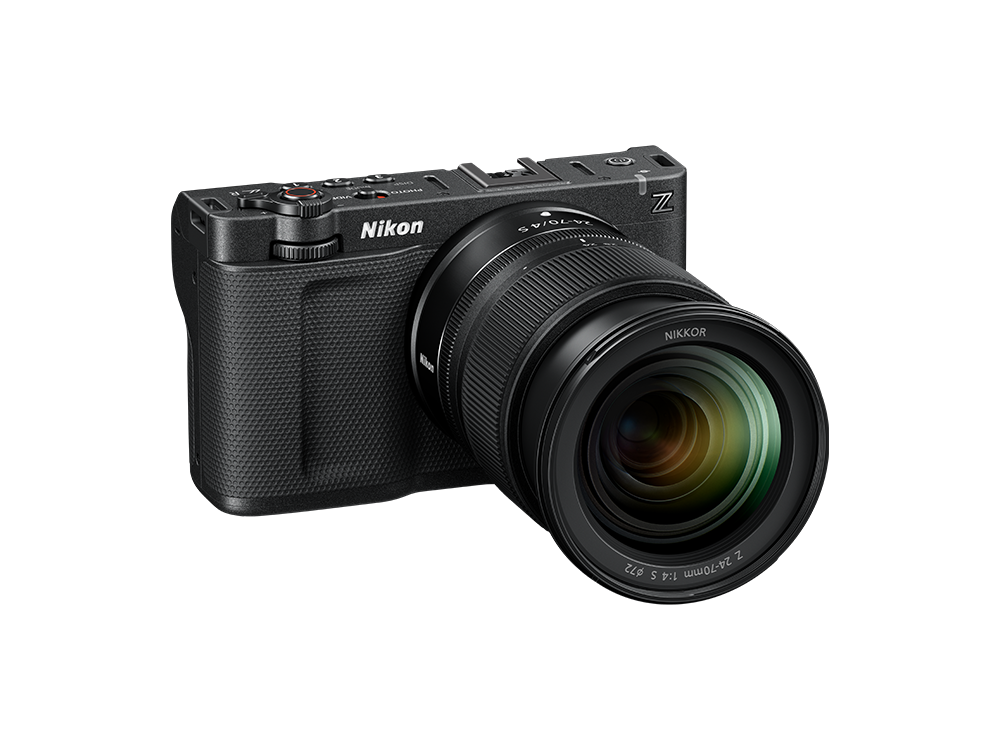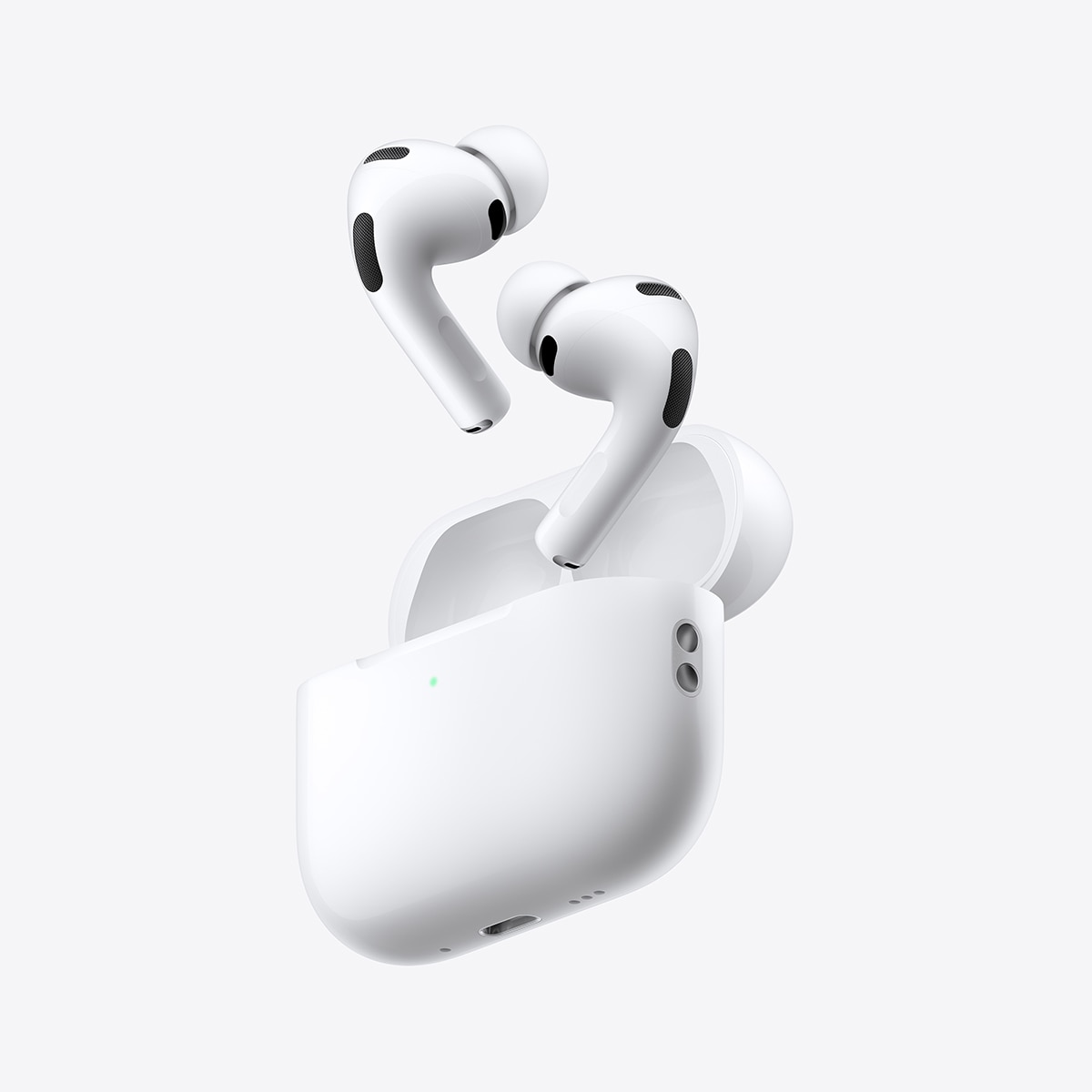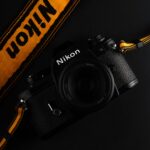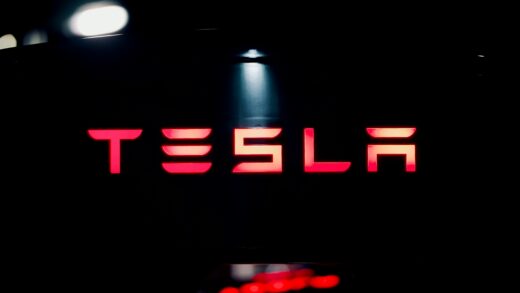It’s 2025, and the conversation around the Nikon ZR full-frame cinema camera is louder than a slate in a quiet room. Everyone wants the same two answers: the Nikon ZR price and the Nikon ZR specs. Fair. But let’s go a layer deeper—because the smartest filmmakers don’t just read spec sheets; they read between the lines. This is your grounded, no-hype guide to what the ZR means in the real world, how to interpret the price talk, and how to turn the inevitable spec chatter into smart buying decisions.
What the Nikon ZR Is (and Isn’t) in 2025
The headline is simple: the Nikon ZR is positioned as a Nikon cinema camera with a full-frame storytelling canvas. That’s the idea people are rallying around in 2025. But if you only chase the headline, you’ll miss the strategy behind it.
Two quick realities to hold at once:
- Context matters more than labels. Calling something a “full-frame cinema camera” doesn’t tell you how it behaves when the sun flares, the talent moves off-axis, or the soundie needs timecode to just lock and stay locked.
- Nikon’s cinema ambitions got serious. With Nikon’s move into high-end cinema accelerating in 2025 (especially following its integration of cinema know-how through industry acquisitions in 2024), a Nikon cinema camera like the ZR isn’t just another spec box; it’s Nikon signaling a long game.
Why the name “ZR” matters
The Z hints at the Z-mount ecosystem; the R whispers “cinema-first.” Whether you’re mounting native Z glass or adapting PL and vintage gems, the point is less about a letter and more about whether the Nikon ZR full-frame cinema camera plays nice in your ecosystem: rigs, media, color, crew muscle memory.
Nikon ZR Price: How to Read the Numbers
Let’s talk money without hand-waving. Whatever the Nikon ZR price lands at, it won’t exist in a vacuum. The body cost is just the first domino; total cost of ownership is the row you actually pay for.
Here’s how to read Nikon ZR price chatter like a pro:
- Body vs. build. Price debates tend to ignore the cage, the baseplate, the SDI monitor or EVF, top handle, audio interface, ND solution, batteries, and media. On narrative sets, the build often matches—or overtakes—the body cost over a year.
- Media is a stealth tax. If the ZR uses high-speed media (common in cinema bodies), your real-world cost is the capacity you need to cover a day without frantic offloads. Don’t price to minimums; price to momentum.
- Codec math matters. Your codec choice affects storage, post time, and deliverables compliance. The cheapest body can become the costliest workflow if the files bog down your edit or require extra transcoding.
- Rental cushion. If you’re not buying day one, track rental rates for the Nikon cinema camera category in your market. If the ZR rents, it pays back. If it sits, it doesn’t—no matter how “affordable” the sticker was.
- Resale and runway. Ask two questions: Will this camera hold value for at least one upgrade cycle? And can I exit cleanly if a revision lands? New platforms sometimes take a cycle to settle. Price with that learning curve in mind.
Nikon ZR Specs That Actually Matter On Set
When the official Nikon ZR specs drop, don’t get hypnotized by headline resolution. In 2025, 6K or 8K is table stakes; what separates a tool from a trophy is behavior under pressure. Here’s the short list to interrogate:
- Rolling shutter and readout speed. Can you whip-pan without bending verticals? Action shooters feel this instantly.
- Codecs and bit depth. Watch for log/RAW options (e.g., N-RAW, ProRes, or other industry-standard formats) and whether they’re internal or external. Your grade and turnaround depend on this.
- Timecode, genlock, and SDI. HDMI-only rigs add adapters and failure points. If the Nikon ZR full-frame cinema camera offers SDI and true sync options, multicam life gets easier.
- Autofocus with intent. AF is only a headline if it’s predictable, override-friendly, and compositional. You want AF that respects pulls, not fights them.
- Internal ND and exposure control. Built-in ND turns a camera into a cinema camera for run-and-gun and doc work. If not internal, check for elegant external ND paths.
- Thermals and uptime. Cinema days are cruel. Look for published operating limits, active cooling notes, and whether the camera throttles or keeps rolling in summer heat.
- Audio that isn’t an afterthought. Pro audio connectors, clean preamps, and sensible channel control reduce the need for external boxes.
Pro tip: When you see the official Nikon ZR specs, map each line item to a real scene you shoot. If a spec doesn’t change your day, it’s marketing, not meaning.
Nikon Cinema Camera Ecosystem: Lenses, Media, and Color
Buying the Nikon ZR is really buying into a system. That’s why the ecosystem question is bigger than any single bullet on the spec sheet.
Lenses and the Z-mount reality
If you’re in Nikon Z glass already, the Nikon cinema camera strategy makes immediate sense. Modern Z lenses often bring great sharpness and AF, while adapted PL or vintage lenses bring personality. What matters: focus throw, breathing behavior, and whether the body offers breathing compensation without weird geometry.
Media, power, and sanity
High-bitrate formats demand fast cards or robust external recorders. Before you set a budget for the Nikon ZR price, budget for media that won’t throttle your day. Same story for batteries: cinema bodies sip differently than hybrids. Confirm plates, hot-swap options, and run times per pack in your real build, not a spec line.
Color that grades without a fight
Look for consistent log behavior, published IDTs/LUTs, and sample footage that holds skin in mixed light. If you plan to intercut, do a quick test with your current A-cam. Consistency beats charisma when deadlines loom.
Should You Wait for the Nikon ZR or Buy Now?
Here’s the honest 2025 answer about the Nikon ZR full-frame cinema camera: the right time to buy is when a camera unlocks paid work you can’t deliver today. Not when a camera gets headlines.
- If you have projects on calendar: Bookable work beats theoretical upgrades. Rent what you need this month; revisit the Nikon ZR price once it’s shipping, renting widely, and firmware-stable.
- If you’re building a new kit from scratch: Waiting can be wise. New platforms often get meaningful firmware within months. Early adopters do the public beta. Decide if you want that job.
- If you’re in the Nikon Z ecosystem: The Nikon cinema camera path might lower your friction: lenses, color familiarity, and muscle memory carry over. That reduces hidden costs more than any coupon code.
- If you shoot for broadcast or tight post pipelines: Prioritize proven codecs and rock-solid timecode/SDI. If the Nikon ZR specs match what your clients accept without an asterisk, you’re golden. If not, no spec is worth friction in delivery.
Contrarian thought: An “almost perfect” camera with a predictable workflow can outperform a “perfect” camera that resets your entire pipeline. Cinema is a systems sport.
Quick Checklist Before You Commit
Bookmark this and run it the day the Nikon ZR hits your cart:
- Price reality: Compare body-only vs. kit, then double-check the cost of media, power, ND, audio, monitor/EVF, cage, and insurance. That’s your true Nikon ZR price.
- Specs that matter: Confirm rolling shutter, internal ND, SDI, timecode/genlock, audio I/O, and codecs. If any are missing from the Nikon ZR specs, plan your workaround cost.
- Lens strategy: Native Z, PL adapter, or both? Test breathing and focus throw on the lenses you actually own or can rent affordably.
- Post pipeline: Run a 5-minute test project through your exact edit/color/delivery path. No assumptions.
- Thermal and uptime: Ask rental houses and early adopters about heat behavior and long takes in hot environments.
- Support and firmware: Confirm regional service, turnaround times, and firmware cadence expectations for a Nikon cinema camera.
- Exit plan: If a revision appears in 2026, can you resell or repurpose the ZR? Buy with that scenario pre-written.
Final thought: The Nikon ZR full-frame cinema camera will get plenty of attention in 2025. Let others argue numbers. You focus on outcomes: Can you shoot faster, safer, and with fewer compromises than you did last month? If the answer is yes, that’s the only spec that pays the bills.


